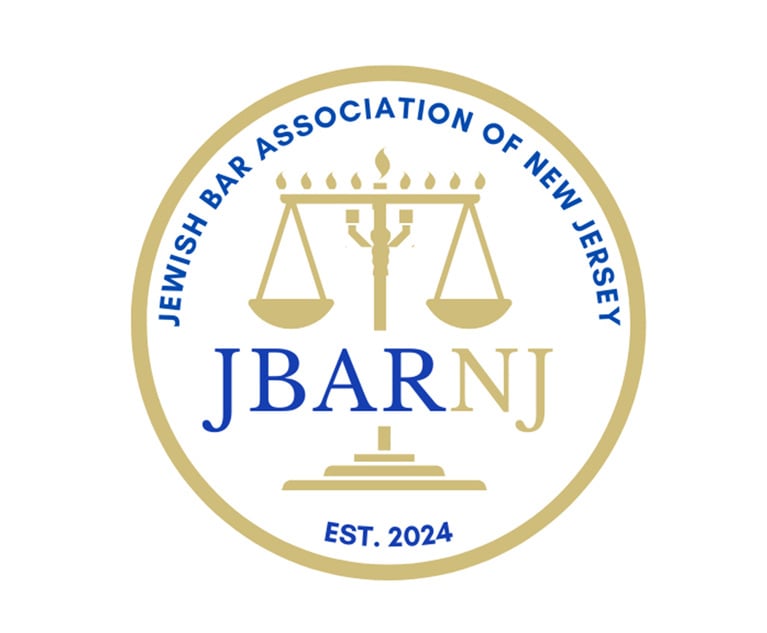New Jersey employers have long understood that the New Jersey Law Against Discrimination prohibits discrimination against individuals in protected classes, including sexual orientation. Most have established policies and trained their managers and employees on legal requirements and best practices to prevent and properly handle complaints of workplace harassment and discrimination. A recent public spotlight on transgender individuals, however, raises the question of whether employers are properly equipped to ensure the lawful and appropriate treatment of transgender workers, who are protected from harassment and discrimination based on their gender identity. This article aims to identify the unique issues facing employers of transgender workers, and to provide guidance to assist employers in navigating practical workplace challenges and fostering an inclusive work environment.
The Law
The New Jersey Law Against Discrimination (LAD), N.J.S.A. 10:5-1 et seq., prohibits the harassment of and discrimination against individuals in the workplace based on membership in any one of several enumerated classes, including race, creed, color, national origin, ancestry, age, marital status, pregnancy, sex, gender, sexual orientation, and disability. Prior to 2006, this list did not include gender identity. In 2006, the state legislature expanded the LAD’s protections to include “gender identity or expression.” The phrase “gender identity” is commonly defined as “a person’s perception of having a particular gender, which may or may not correspond with their birth sex.” “Gender expression” means the “external appearance of one’s gender identity, usually expressed through behavior, clothing, haircut or voice.” Thus, the legal protections for transgender individuals in New Jersey are not new. However, recent campaigns for education and inclusion have focused new attention on the issue of equality for transgender individuals, including their treatment in the workplace.


 John Arehart/Shutterstock
John Arehart/Shutterstock




